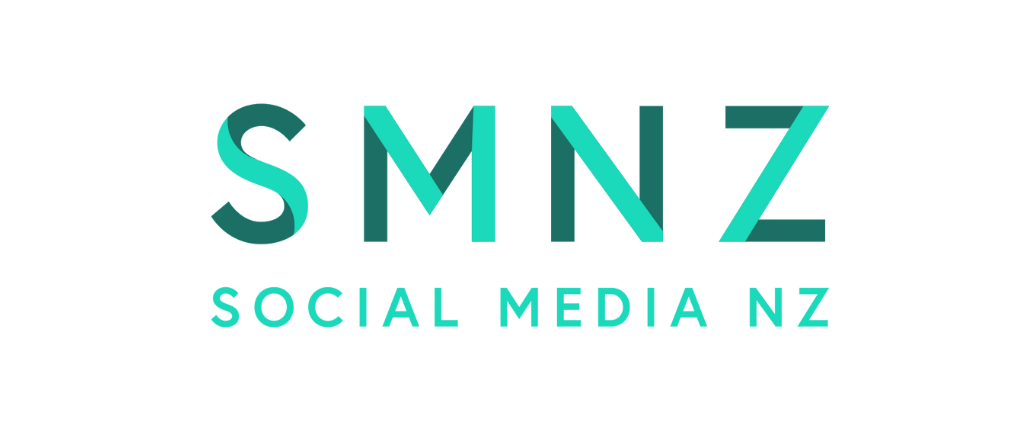One Facebook page or many? A dilemma for brands

Should multi-national companies have one Facebook page per country or one globalised page? Jakarta-based David Chalken gives his take on this marketing dilemma.
Indonesia’s capital, Jakarta, is now the world’s number one city for Facebook with 17 million users and, nationally, Twitter is currently around 10 million users and growing. Social media adoption in this South East Asian country is definitely on the up and up.It has been a few months since my last article and in that time a few things have changed in the world of social media, both publicly and for brands. Facebook has announced sweeping changes to the brand profile pages and Indonesian Facebook users have grown by three million in six months.Let’s start with some interesting events taking place in the public space of social and digital media in Indonesia.Firstly, if you work for an Indonesian government department, don’t ever announce publicly on your Facebook account that you feel there is no God. That will ensure a lynch mob turns up at your work the next day and the police will arrest you, not only for blasphemy but for your own protection.Secondly, if you are an entrepreneur and perhaps looking to provide a service that might not be widely available, do not create a public WordPress website offering hitman services for hire because you are bound to end up on the run yourself.With those two points out of the way, let’s take a brands perspective into the world’s third largest social media environment (sadly, we lost the second place rights to India in January).A few months ago I was pitching the world’s largest soft drink maker here for their social account. A few months before I was invited in, the global direction from them was to shut down a local version of their FB page and merge it into their global umbrella and simply geo target the language posts to be localised. Then using the left hand side navigation bar, they were to implement apps on the global page but that were relevant to local audiences. This meant when you clicked ‘more’ the list would drop down with up to 30 or more country based apps.Okay, so at the time it seemed reasonable to them. It means they can centralise their communications strategy, ensure auditing of programs from HQ and (in their mind) deliver a better user experience. But I personally believe it was about ego. Isn’t it better to boast 40 million global fans on one page rather than 40 country pages with a million fans each?I challenged their thinking, attacked their idea of centralising and removing control from local markets and, inevitably, I didn’t win their account.I now feel vindicated with Facebook’s new Timeline layout for brands. With only four apps visible under the main image, how many country specific apps will become lost in the not-immediately visible apps dropdown. Not only that, but the user wall is now cluttered by posts in multiple languages that have no relevance to local content.This particular brand isn’t the only one; there is a beer brand, a fashion brand and several others I can think of off the top of my head.It seems like ego has gotten in the way of common sense. Surely a different country that has differing cultures, norms, consumer behaviours and even tastes in all categories cannot simply be bundled under one globalised page. Applying different marketing tactics based on culture and consumer habits is part of Marketing 101.Why is the Facebook approach any different? Just because this media allows us to be globally connected personally and as people (take for example, the Kony 2012 campaign), doesn’t immediately mean the users want to be lumped in as part of a global brand experience.I am sure a brand manager at any multi-national corporation will challenge my opinions on this and I welcome their input. But I am not here to stand two centimetres away from your wonderful brand and sugar coat your marketing and communications strategies. I’m here to debate why one percent of fans – on average – are actually engaging with your brands and why only 16 percent of fans actually see your posts on their news feed.Perhaps their strategies are wrong and they should step back from the brand and look at behaviour from their consumers’ point of view when analysing and auditing their community management, page architecture and apps strategy.This approach also relates to the content you post. Telling your fans all about yourself all the time is just plain old bragging and if you wouldn’t do that on your own page, why do it on your brand page?So as the new Timeline rolls out at the end of the month, where are these brands at now and are they going to reconsider their previous approach? Who knows? Only time will tell. Facebook is constantly changing and perhaps the multi-national corporations will put advertising pressure on the new look to be able to ensure they can deliver more satisfying localised versions of a global page. Until then, let us keep looking at those engagement numbers.

